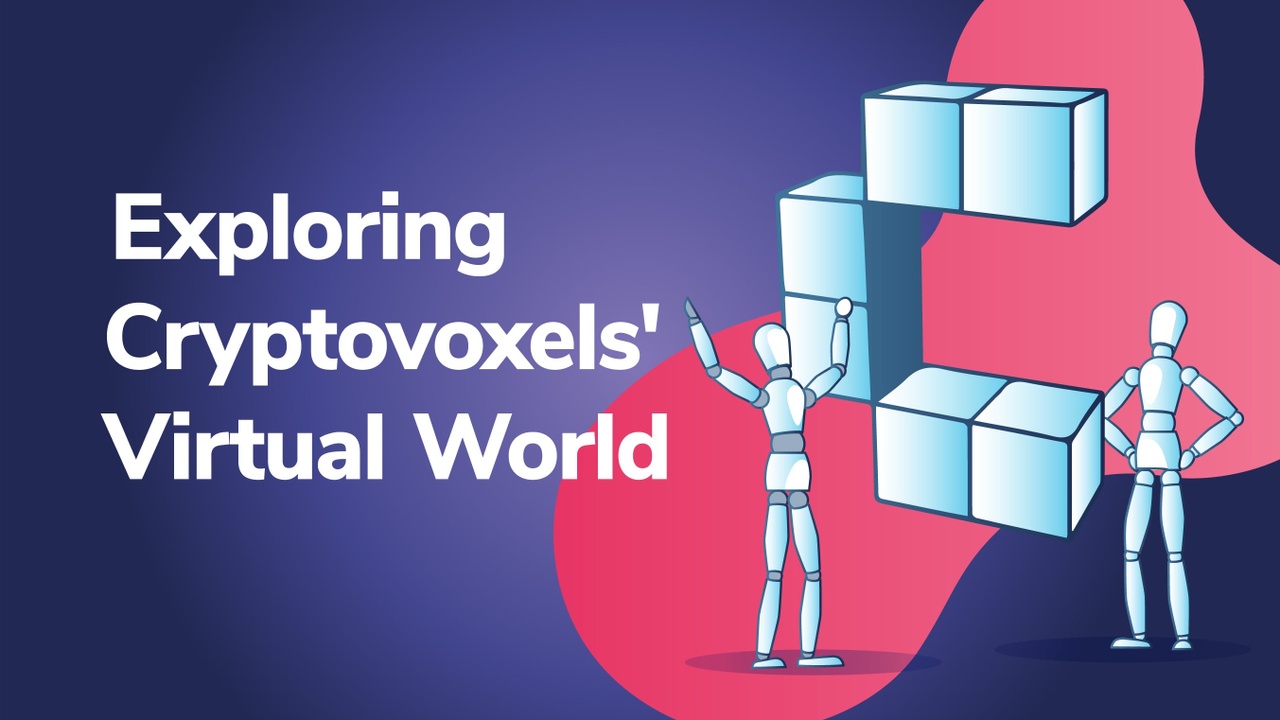
Cryptovoxels is a virtual reality platform on the blockchain where people can build whatever they want. These buildings could be simple residences or e-commerce sites to sell non-fungible tokens (NFTs). It’s an inspiring place to visit since crypto artists from around the globe fill the space with mind-blowing content. Cryptovoxels is fast becoming a virtual world full of art galleries with an active community.
This article will cover how Cryptovoxels was created, some of its features, and its role in the growing crypto Metaverse. If you want to learn more about NFT applications, the cryptocurrency industry or blockchain technology, be sure to check out Ivan on Tech Academy! Join over 30,000 students already enrolled in world-class blockchain and cryptocurrency courses, and kickstart your blockchain journey today. Choose between dozens of courses exploring everything from DeFi to smart contract programming and blockchain game development!
Exploring Cryptovoxels
First off, Cryptovoxels has one of the best onboarding experiences and claims to be the easiest and friendliest of all. Users can join Cryptovoxels, buy some land and start placing virtual items on it. They can also find artists to build out a great space if they don’t happen to be creative themselves.

There are numerous virtual events to attend. However, one of the challenges is there isn’t a centralized way to find them. You have to follow each community individually. The other downside is you can’t create any complex games at this stage.
For investors, the other bad news is that Cryptovoxels no longer offers a coin. Other than those setbacks, there are lots of positives. For one thing, users can expect the same experience on Cryptovoxels, whether on their mobile phones or desktop.
The Metaverse is an exciting space to be especially for developers! If you want to develop virtual worlds on the blockchain, you’ll need to learn the fundamentals of blockchain development first. Sign up for Ivan on Tech Academy and get started today!
Cryptovoxels’ Features
The following are some of the features:
- Audio
Users can play MP3s.
- Buttons
These are for triggering scripts.
- NFT Images
For user-owned NFTs.
- Particles
Allows users to add a particle emitter.
- Text Input
For users to enter messages.
- Video
Users can add short videos.
- YouTube
Users can embed YouTube videos.
- Baking
With the baking option enabled, Cryptovoxels servers can calculate lighting and shadows within the user’s parcel. This feature helps make things look more realistic.
- Scripting
Scripts will typically run in the browser. But by enabling “grid scripting” under parcel settings, users can make their parcels interactive with animation by running scripts on the Cryptovoxels server.
- Tutorials
There are plenty of tutorials to help users do things like buy parcels.
- World
Cryptovoxels has islands with parcels of land of varying sizes. The virtual world houses the capital, Origin City, which is also the main island. There are also smaller surrounding islands.
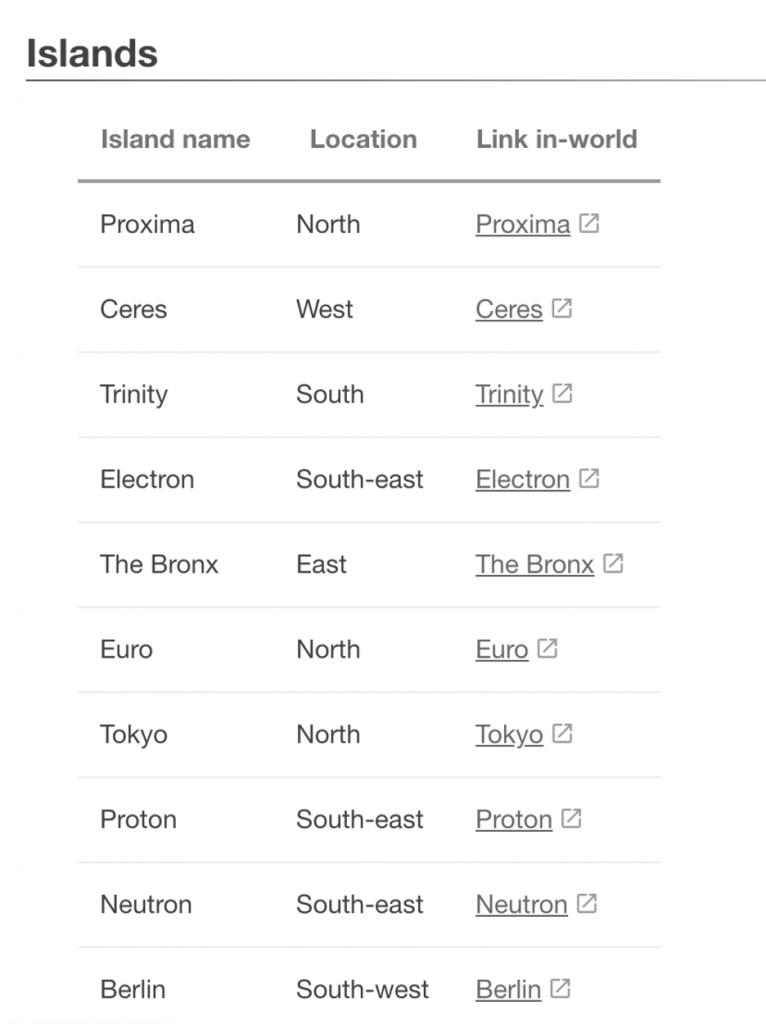
Origin City, the main island, has multiple districts and a limited supply of parcels. But the team is constantly creating new islands with lots for sale to help fund the project.
How to Purchase Land on Cryptovoxels
Purchasing parcels isn’t tricky for those used to operating in the crypto space. However, it’s not cheap. Also, prices can fluctuate, especially as new islands become available. One can expect to drop over $1,000 for a nice piece of land on Cryptovoxels.
Primary sales listings take place each Wednesday at 9 AM, New Zealand time. If the team has no sales planned for the week, they announce it on Twitter or Discord. For both primary and secondary sales, users can visit the Cryptovoxels page on OpenSea. There they can sort the search results by “Recently Created” organized by the following:
- Area
- Depth
- Elevation
- Width and Height
- Specific Island
- Suburbs

Influencers and companies alike have plots in Cryptovoxels, but most of the places feature artists showcasing their art. They’re building all over the islands. What makes blockchain-based virtual worlds so remarkable is that they’re user-owned. These kinds of platforms have never existed before.
Virtual Scarcity
Virtual worlds like Cryptovoxels flip the paradigm from the power of massive, centralized platforms that presently control the games and the in-game assets. What we’re seeing is user control come to the forefront as the future of Web 3.0 begins to materialize in the form of platforms like Cryptovoxels, Decentraland, Somnium Space, and the Sandbox. These are all worlds where a user’s creativity is unlimited, but the amount of land is.
That stands in contrast to the web we’re used to with unlimited Facebook profiles and unlimited Tweets. But now, with the blockchain, we can have artificial scarcity with land parcels. That scarcity can be hard-coded into a smart contract. Thus, virtual land can become as dense as Manhattan.
Ben Nolan, Founder of Cryptovoxels
Ben Nolan, a solo entrepreneur in Wellington, New Zealand, started Cryptovoxels from scratch. With his skills as an independent game developer, he started the project by himself in his free time after work. Nolan was already interested in the Metaverse, having worked for Decentraland as a contractor. After seeing the potential, he decided to build his own virtual world.
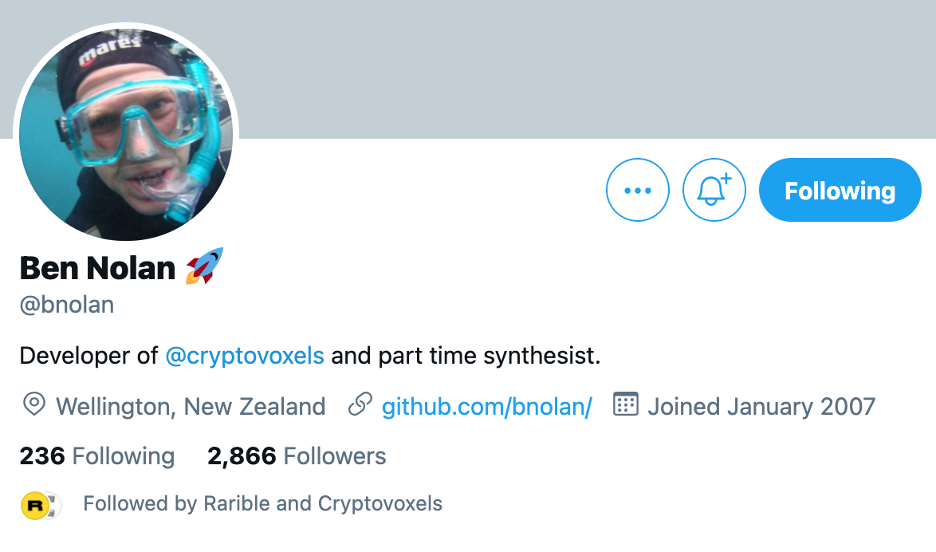
However, he didn’t raise money with an ICO or hire a team straightaway. Instead, he slowly chipped away at it by selling off a few pieces of land in the central neighborhood to fund his dream. At first, he sold lands for low prices but adjusted the market price higher as sales took off. As it sold, he minted more lands.
Nolan released Cryptovoxels in May 2018, with the first virtual land sales going to insiders like friends and advisors, and in July 2018, he made land available to the public.
Would you like to develop virtual worlds in the Metaverse like Ben Nolan? If so, you’ll want to join Ivan on Tech Academy and start learning right away. The Crypto for Beginners Course is a good place to start.
Cryptovoxels’ One-Man Army
This one-man-army concept has certainly worked well for founders of other startups like Hayden Adams of Uniswap and Andre Cronje of Yearn.Finance. However, whether Ben himself or the large team at Decentraland first figured out the tokenized land model, that discovery certainly has helped progress the crypto Metaverse.
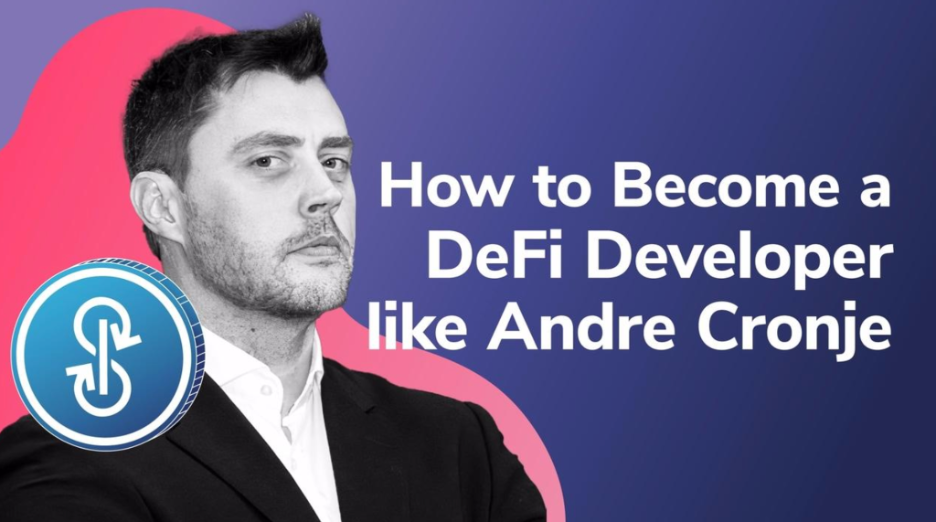
There is a lot of activity on Cryptovoxels, with Nolan and his team hammering out new features all the time. He seems to go by the model of contracting out the work for things like scripting or audio. He contracts the assignment out to completion. Then, if he needs maintenance afterward, he contracts the worker(s) out again. Most of the labor performed on a contractual basis keeps the team from becoming too bloated and bureaucratic.
Ben is working non-stop, and it’s always inspiring to see someone turn what they love to do into a business. He does have a roadmap in mind, but Nolan’s style is to work on different things daily to push the project forward. Ben works in sprints to drive that last bit of work to completion when a project is close to finished. He also gets good marks for listening and responding to the community on Discord and Twitter. Users don’t find this kind of response times on larger teams such as Decentraland.
Cryptovoxels’ Art Galleries
As one of the most accessible worlds in the blockchain Metaverse, there are many crazy creations to explore. Cryptovoxels get compared to Minecraft since it’s blocky, but devs can do more on the space because of smart contract integration.
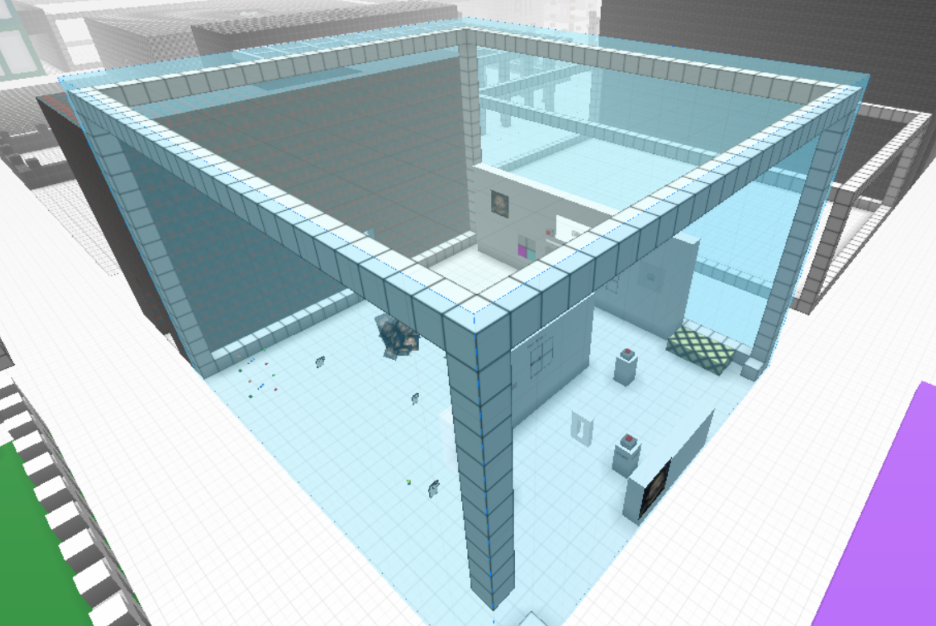
A user can walk through Cryptovoxels and hang out in someone else’s room. They can also sit in on a conference or watch a game. Also, with all the galleries popping up, Cryptovoxels is becoming a playpen for artists.
We find virtual reality mimicking real-life with artists pouring into neighborhoods. Their creations, in turn, attract collectors with money. So there’s a form of gentrification going on. The artists discover up-and-coming neighborhoods, buy them cheap, then build them up in value. Other shops and stores follow, and property values can rise even more. This result isn’t unlike what artists have done in real-world neighborhoods like SoHo, New York, or downtown Los Angeles.
So, artists are at the forefront. But rising prices could squeeze the artists out one day. This possibility could manifest in a world like Cryptovoxels, where there’s a small amount of land in the first place.
The Players in the Crypto Metaverse
At present, the spaces in the crypto Metaverse, like Decentraland, Somnium Space, and Cryptovoxels, are somewhat empty. This emptiness is due not only to their novelty but also to the squatters.
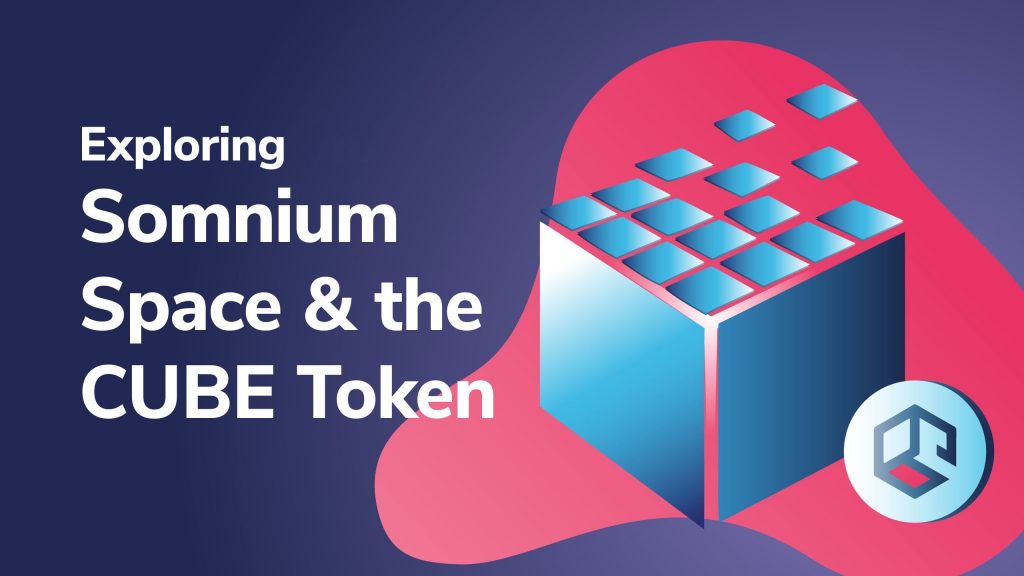
The incentives are there for users to be more than just buy the land and squat on it as it’s better for everyone to build and join the community. In Decentraland, for example, the barrier to entry is higher when it comes to building. It’s more complicated to do so.
So, some landholders on Decentraland may be sitting on it because they don’t know how to develop things. But with Cryptovoxels, it’s all based on blocks and some JavaScript code. That makes the building process a bit easier.
If you’re interested in building your parcel on Cryptovoxels you’ll find you can add some nifty features with their JavaScript codebase. But first, you’ll need to learn JavaScript and you can do so right now at Ivan on Tech Academy.
Division of Virtual Labor
Either way, the space may call for a division of labor at some point. It might be more expedient for investors to buy the land but then have artists and coders step in to build it out and deploy their creations.
Also, by turning content into NFTs, users can rent or even buy the content to place on their land. Users buying NFT art could display it inside their buildings to increase the value of their land. If the art appreciates or the artist becomes more well known, buyers could make offers on the parcel with the condition that the art stays with it.
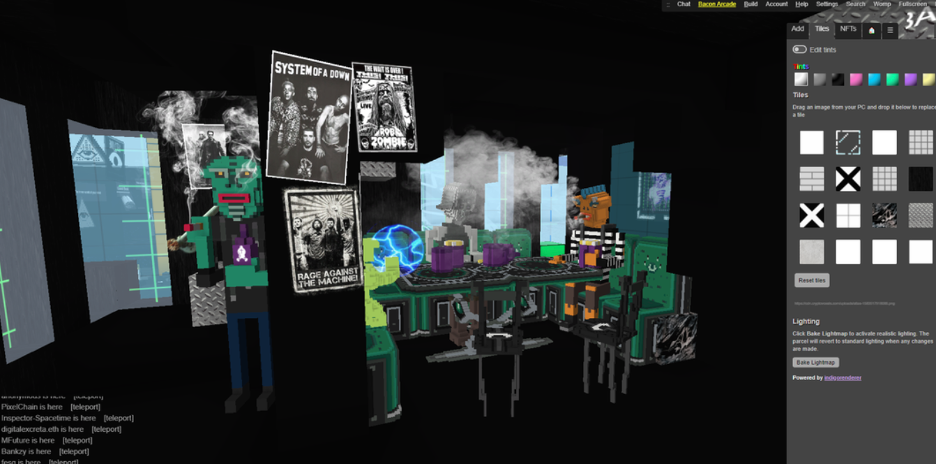
Art plays a prominent role in Cryptovoxels, and 3D pieces are featured prominently as monuments. People who never previously bought a piece of art are now getting into crypto art because they can show it off in their virtual residences, not just on their computer screens. It’s these kinds of early adopters who are creating the culture for this new Metaverse.
The Growth of Cryptovoxels
Some original buyers in Origin City were a bit “miffed” when founder Ben Nolan started creating new islands and land parcels. That’s because the increased supply could potentially devalue their land. It’s easy to only think of oneself in situations like these. However, the overall growth of the Metaverse is more important than one person’s investment, especially since millions of people will eventually explore these virtual worlds. So, there needs to be room to grow.
Nolan has said there is no hard cap on expansion as he wants to accommodate growth. But he’s mindful of balancing the goals of the early investors in Origin City and the needs of new investors. Because of this, he won’t be creating new islands until the existing ones are more built out.
Collaboration and Cross Events
Throughout history, we’ve seen golden ages come and go. Naval Ravikant, an influencer, and investor in crypto startups such as Starkware, believes the next golden age will happen in the cloud.

Naval Ravikant
At first, the blockchain Metaverse seems as tribal as any other crypto community, with users claiming to be only a part of Somnium Space, Cryptovoxels, or Decentraland. However, as time goes by, we see more collaboration with cross events and worldwide meetups. It’s starting to look like a future social network. In-world events work great because they encourage people to use the product and hang out together.
So artists of all stripes, musicians, NFT creators, painters can all come together and chat, collaborate and feed off each other’s creativity. On Rarible and SuperRare, artists a good amount of collectors with money continue to incentivize the artists. But there’s no reason those collectors can’t be transported to worlds like Cryptovoxels and buy art directly from the galleries there. Is this the beginning of a new golden age? Time will tell.
Wearables
Fashion for avatars isn’t a big thing yet, but it could be. Wearables on avatars are an excellent way for people to showcase their individuality. It’s also a great way for fashion designers to charge commissions for their creations.
At present, the wearable economy is minute, but this is likely due to the high cost of Ethereum gas fees. High gas prices, in turn, make it challenging for creators to generate stable revenue. Ethereum 2.0 will be solving this problem in the long run, but in the short term, Layer-2 Solutions are poised to come to the rescue this summer to lessen the congestion and gas fees.
Corporate Players on Cryptovoxels
One day corporate players could start entering the virtual land space, and if so, they’d need offices and meeting spots in virtual buildings. The status of the neighborhoods could potentially determine which business addresses attract trendy clients.
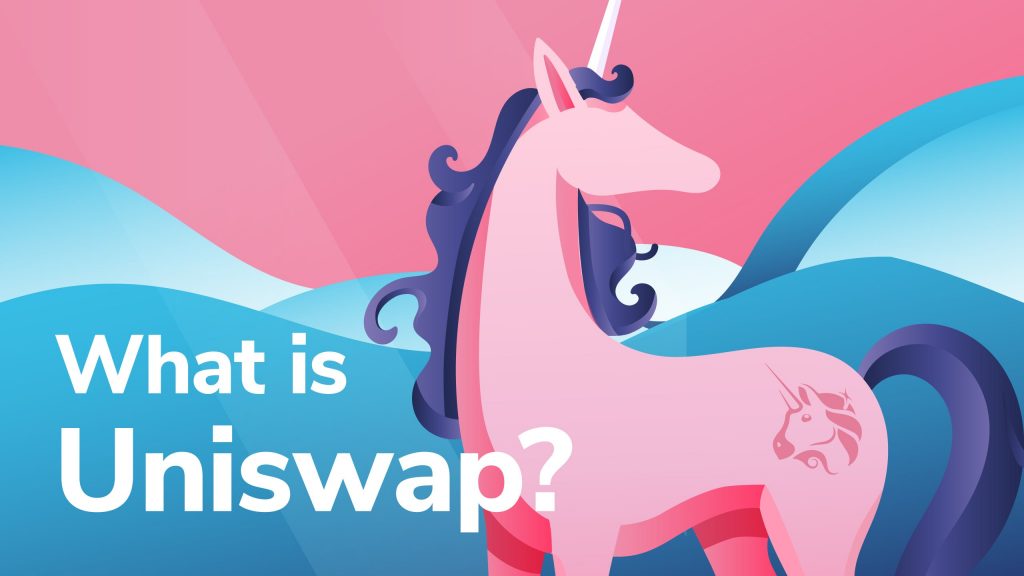
A DeFi financial sector could even evolve with some of the top platforms like Uniswap, Aave, and Balancer moving in. Such a result could have a clustering effect and turn into a place where customers could yield farm, stake liquidity, or do whatever DeFi degens do. Moreover, it could all happen in one place. Potential outcomes like these make some people think the next stage of the internet (Web 3.0) will look a lot like Cryptovoxels.
Andre Cronje developed Yearn.Finance, Hayden Adams developed Uniswap, and Ben Nolan has created Cryptovoxels. Solo developers have started incredible projects recently and now it’s your turn. If you want to create something amazing on the blockchain join Ivan on Tech Academy today. If you know the crypto basics already, check out the Ethereum 101 course, and then you can learn how to code smart contracts in Ethereum.
Author: MindFrac
